Where are the chanterelles now?
2 years ago · Updated 6 months ago
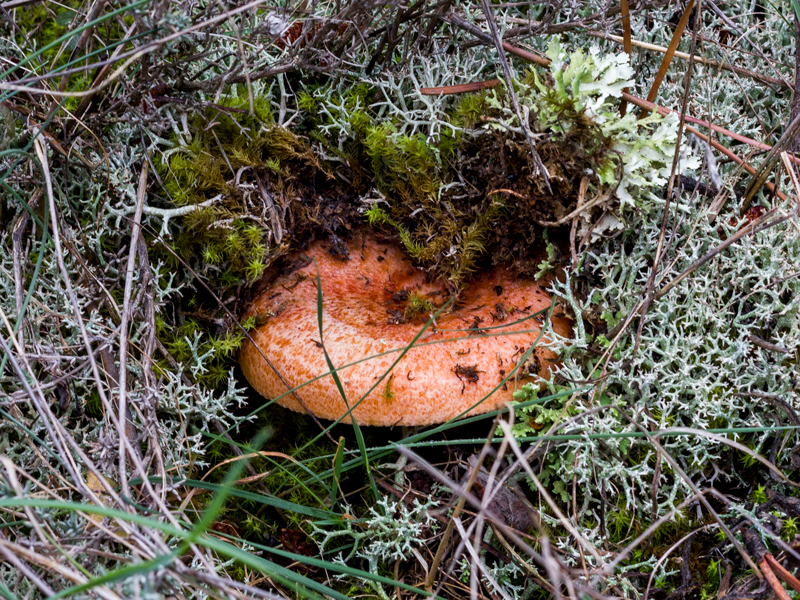
When does the milfoil season begin?
The season for milkcaps, also known as robellones or lactarius deliciosus, generally begins in autumn, mainly from late September or early October and can last until December, depending on each year's climate. Late summer and early autumn rains, along with mild temperatures, are the ideal conditions for them to start growing in pine and coniferous forests. Consequently, the season may vary a little depending on the area and weather conditions.
How do I know if there are already milkcaps?
Good question, because with milkcaps -and mushrooms in general- the exact time of coming out depends a lot on the climate. Here are some signs and tips to know if it's already the right time to go:
- Recent rains: If it's been raining well (around 15-20 liters per square meter) and temperatures remain mild (between 15 and 25°C), they're very likely to start coming out in around 7 to 15 days. Late summer or early autumn rains are essential.
- Mild temperatures: If it's too cold or too hot after the rain, this can slow down emergence. A temperate climate is ideal.
- Consult your local mycological forums or groups: They usually warn when the first specimens start to appear. There are also plenty of people sharing photos and locations on social networks (although no one easily reveals their "good spots", of course).
- Go exploring: The best way is to walk through the pine forests, especially in areas where you know you've found them in other years. If you see upturned soil, small mushrooms or a cutting, it's a sign that the season is starting.
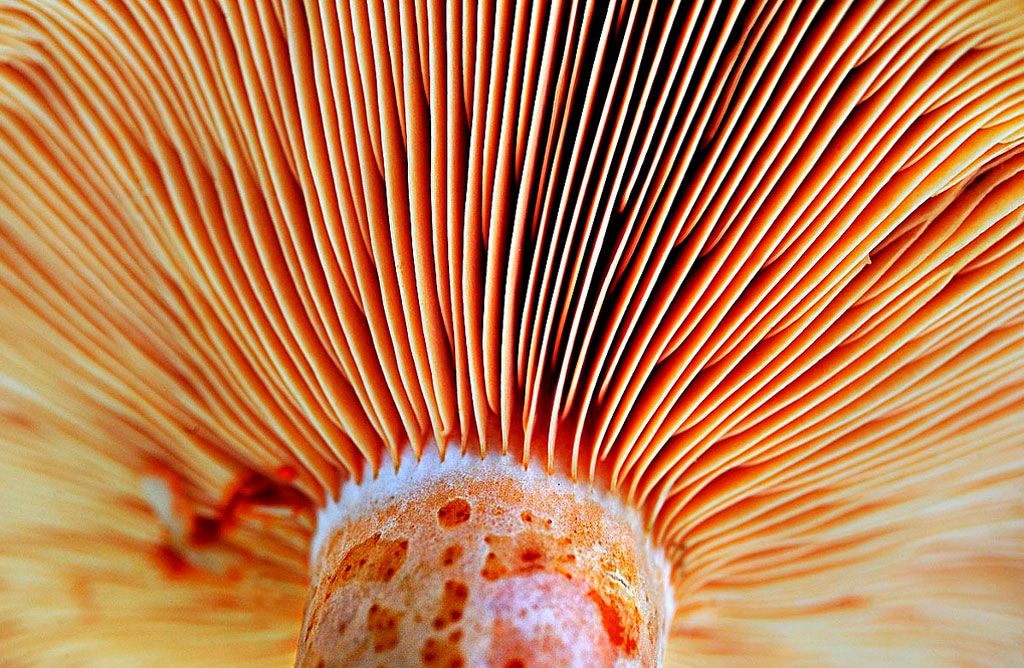
Characteristics of "rovellons" or "robellones"
Although they're popularly known as girolles, each region calls them something different. For example reboñuelo, rebollón, rovellón, esne gorri, etc. This popular name encompasses the various species of lactarius with orange milk and which are obviously edible: Lactarius deliciosus, Lactarius sanguifluus, Lactarius semisanguifluus, Lactarius salmonicolor,. ... . In many areas of the Peninsula, where traditionally these edible mushrooms have been harvested almost as the only species, there is a saying that "there are 2 types of mushrooms, the milk caps and the others". Ignorance of other species, as well as the amount of delicious lactaria that grow in certain areas where to look for these mushrooms, means that for many enthusiasts, this saying is almost true. We'll explain a few details and characteristics of these orange mushrooms to clear up any doubts. 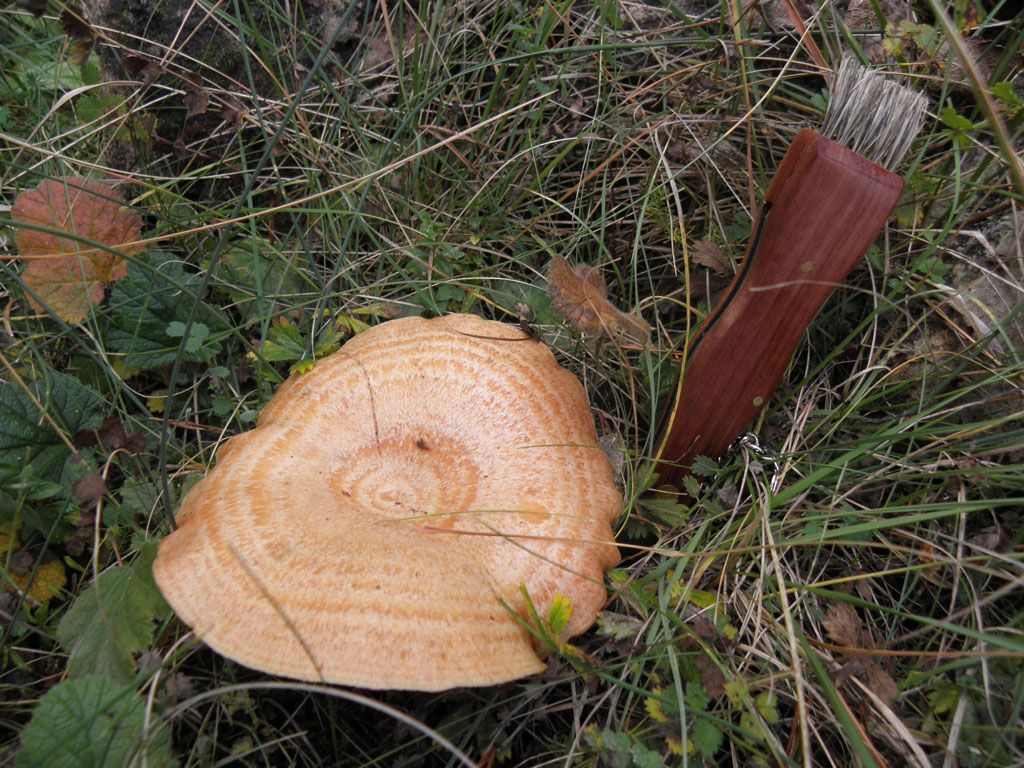
Photographs of delicious milk caps
All mushroom lovers love photographing delicious milkcaps. Their orange color looks great in images of milk caps, so we've put together some great photos of these mushrooms to make your mouth water
When to look for chanterelles or milkcaps
rebollones are mushrooms that appear mainly in autumn, harvested mainly in the pine forests that fill the Iberian geography. As with most mushrooms, rainy years lead to their appearance in greater quantities. So we'll need to count the days since the next rainfall. We'll have to wait 20-22 days, but with total certainty, we'll have them, faithful to their appointment. Of course... ...with the permission of the temperatures.
Edible robellone types
Perhaps one of the reasons this mushroom is one of the most popular is its easy identification since, regardless of the gastronomic quality of each species of niscalo, all orange milk robellones are fit for consumption. As a general rule, the tastiest are said to be sanguifluus or blood lactarius, although tastes and colors. ... In this article on chanterelles we explain the differences between these species 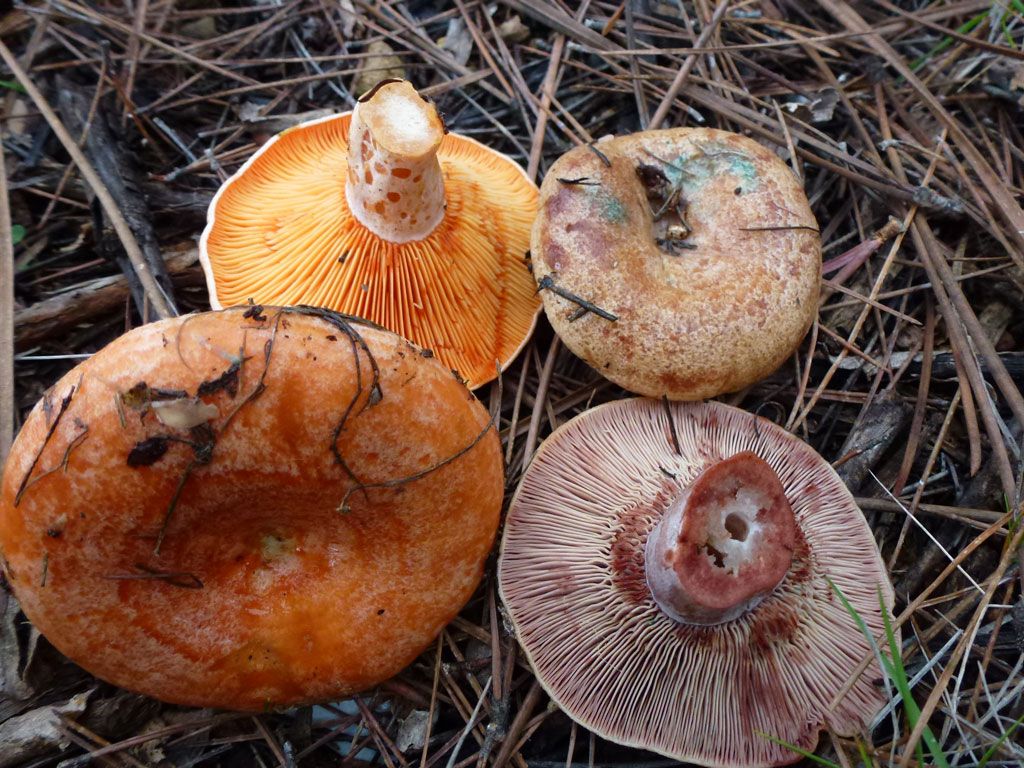
Milk color alert
Although we're generalizing in the name, there are several species of lactaria excellent in taste: L. deliciosus, L. sanguifluus and L. semisanguifluus. To determine the type of milfoil we've harvested, we need to pay attention to the "milk" they give off when cut. The L. deliciosus, for example, has an orange-colored milk that doesn't change. Meanwhile the other two species of excellent rovellons have reddish tones, between beet and blood the L. sanguifluusand a mixture of the 2 previous tones the L. semisanguifluus which starts with an orange tone but turns to dark beet tones with time.
In any case, all 3 species of Lactaries are excellent
If the shade of the "milk" they secrete is whitish or cream-colored, we're safely looking at another inedible variety of milkcap. Lactarius Chrysorreus, L. mediterranensis, L. zonarius, L. mairei. . ... would be the most likely candidates. 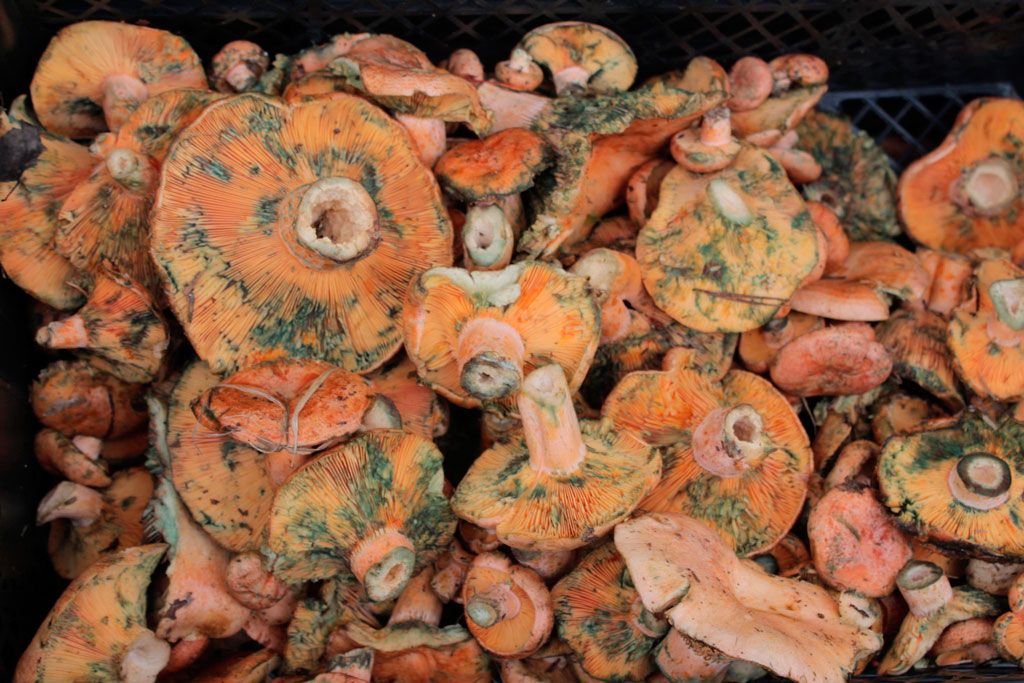
Green chanterelles, delicious
These are very delicate mushrooms and when they receive a beating, they become stained with greenish areas resulting from oxidation. These spots make them "uglier" but just as tasty. In some cases, we may even find completely green specimens. We'll need to be extra careful when picking them so that we can bring home completely orange mushrooms. When picking mushrooms, we must do so carefully without touching the lamellae under the cap, precisely so as not to damage them and they don't turn green afterwards.
Rovellons. Nutritional properties
One of the characteristics of this mushroom is its high water content, between 80% and 93%, making it a low-fat, low-carb food. The chanterelle - as it's known in much of the geography - has a large amount of vitamins and minerals, its 23.80 Kcal. per 100 gr making it a very low-calorie food. What's more, it's a very good source of potassium and helps to eliminate water retention in the body. Other minerals we find in their composition are copper, which helps us strengthen our immune and nervous systems, and phosphorus, essential for the correct formation of bones and teeth. 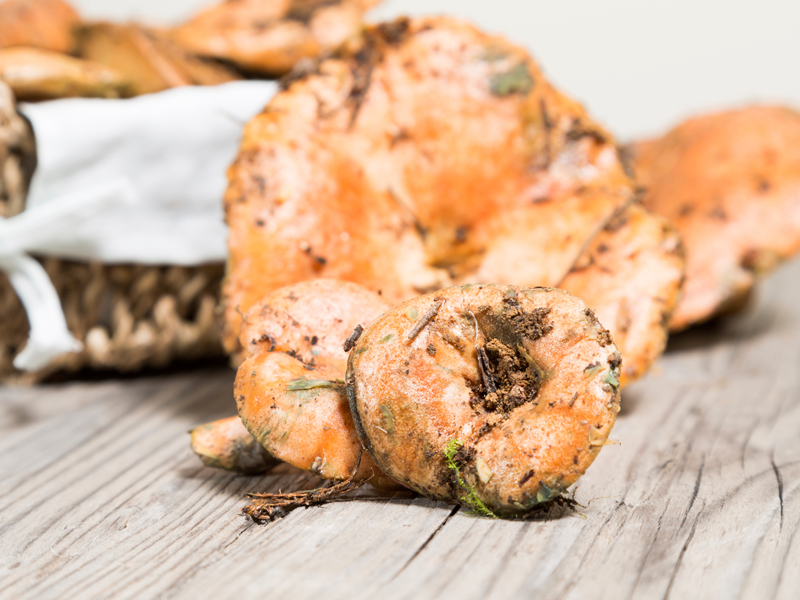 You probably know more than one milkweed collector, so share this article with him. He's sure to be interested!
You probably know more than one milkweed collector, so share this article with him. He's sure to be interested!

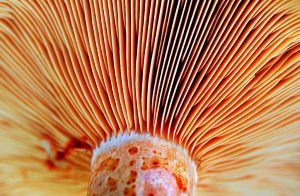
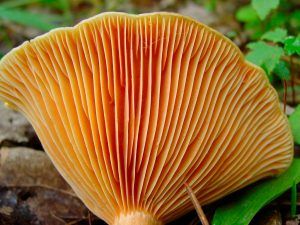
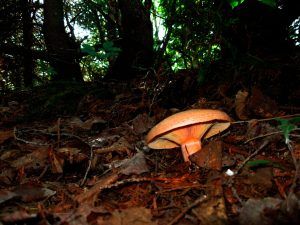
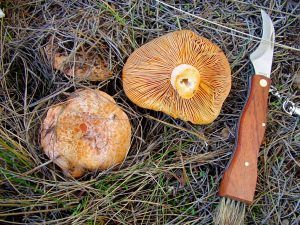
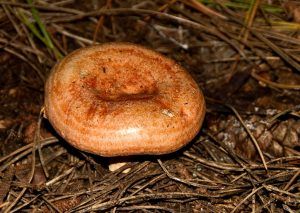
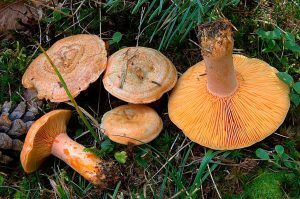
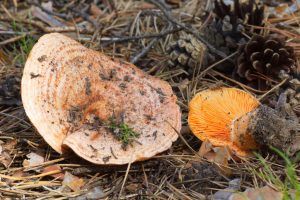
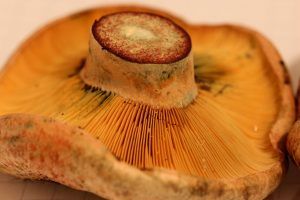
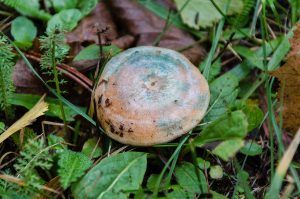
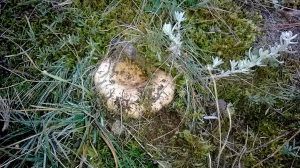
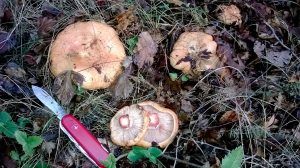
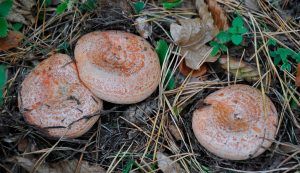
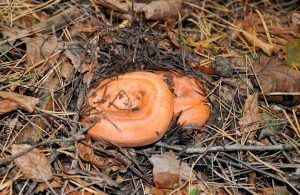
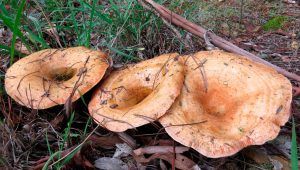
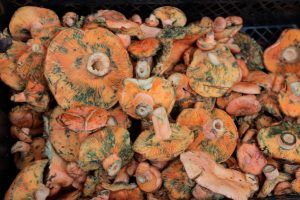
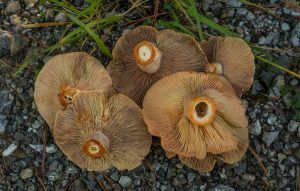
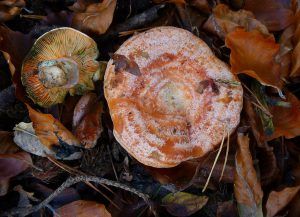
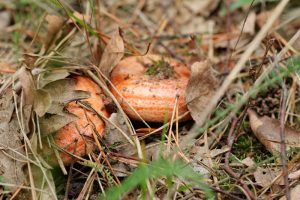
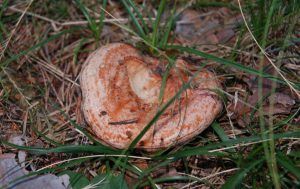
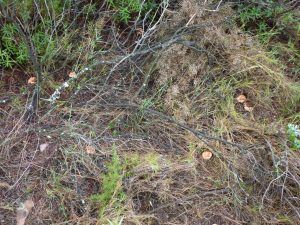

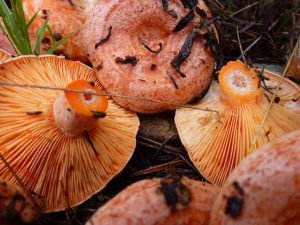
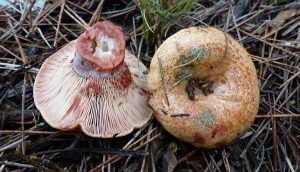
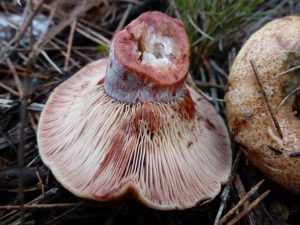
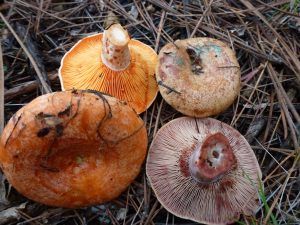
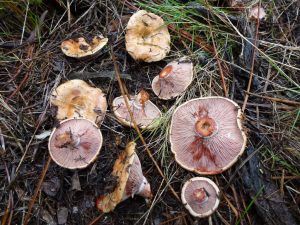
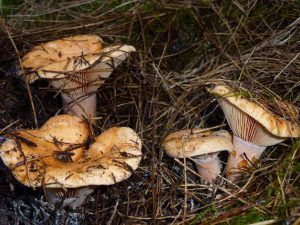
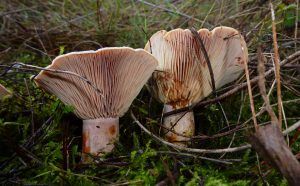
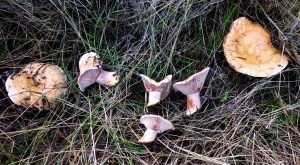
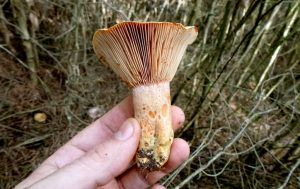
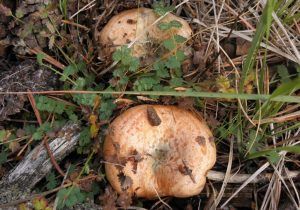
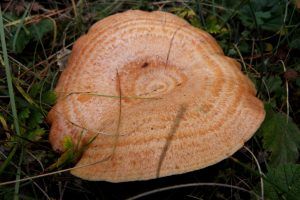
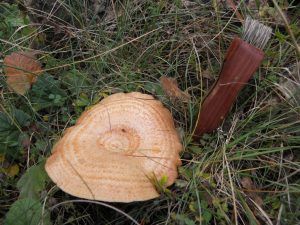
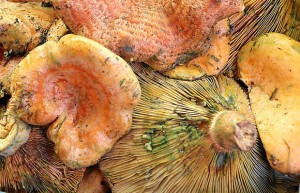
Te pueden interesar